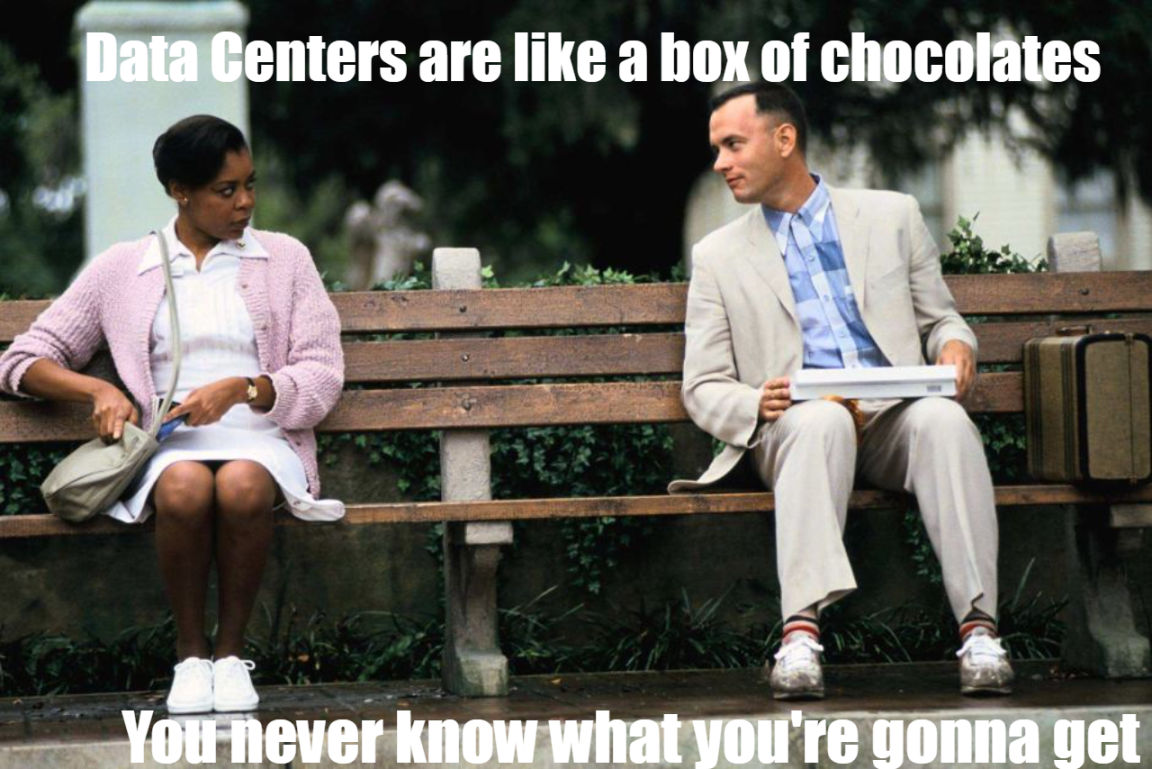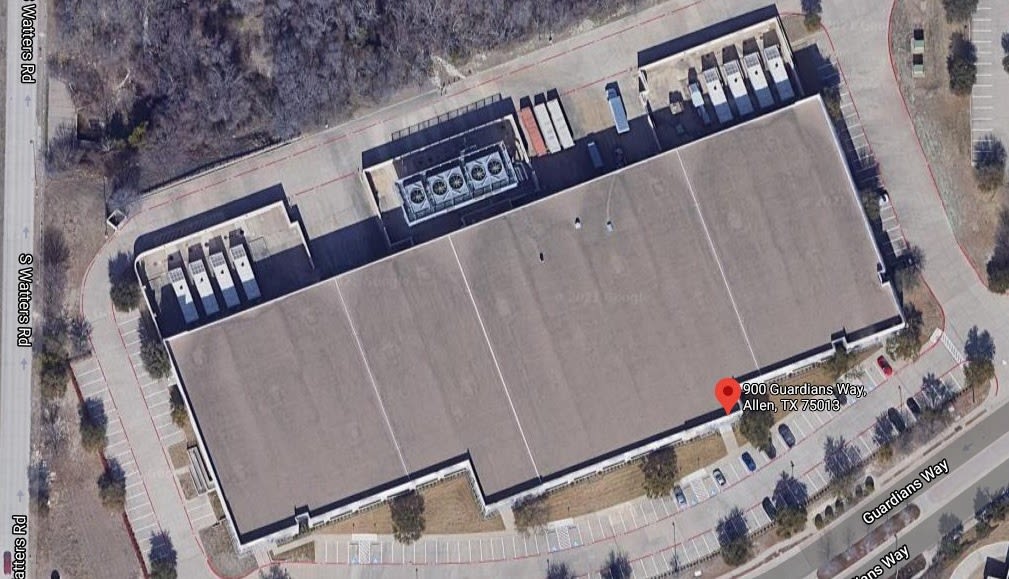Onsite to Edge: Exploring Different Types of Data Centers
From colocation to hyperscale, it’s hard to keep track of the different types of data centers. Here we cover the pros and cons of each type of data center.

Nov 11, 2021
SHARE
For the modern enterprise, its data and connectivity is arguably its most important asset (behind human capital, depending on how you feel about your coworkers). These companies are faced with the decision to host their data onsite or to lease/rent, buy or build their own buildings to house that data. Each of those options comes with their own pros, cons, and certainly costs.
Additionally, not all companies utilize the same type of data center as they come in many different flavors.
In this post we will discuss the benefits and costs associated with all of the different types of data centers available today.
Data Center Defined
A data center is a physical building that businesses use to house their critical applications and data. Key hardware components found in data centers include servers, routers, firewalls, switches, application delivery controllers, cross connections, storage systems, power supplies, and environmental controls such as air conditioning and fire suppression.
Network engineers design data centers to facilitate the delivery of data and shared applications to their customers. Redundancy of data center resources is a top priority, as well as reliability (uptime, often dictated by service level agreements or SLAs) and security (both on-premise and cybersecurity).
Types of Data Centers

Source: ABC AU News
We recommend you understand the different flavors of data centers before choosing the best solution for your business!
Onsite Data Center
Sited within a company's headquarters or campus, these data centers are relatively easy to maintain and access. Their proximity to company operations alleviates network troubleshooting and they can readily be scaled up or down as needed (depending on the space and resources available). Another advantage of an onsite data center is that an organization can wield complete control over its data, bolstering network cybersecurity and compliance needs (such as HIPAA).
On the downside, the energy needed to run an onsite data center can overtax a building's existing power supply and cabling. Site maintenance can be prohibitively expensive. Additionally, onsite data centers pose a risk to your business continuity due to the concentration of data/resources in one local geography (unless backed up by a trusty DRaaS provider). For these reasons, many companies instead choose from one of the following alternatives.
Edge Data Center
Similar to an onsite data center and close to end-users and their networks, an edge data center too can be easily customized and scaled to meet the needs of its users. Like an onsite data center, an edge data center is generally owned by the organization that uses it but operations are outsourced to an outside company.
Edge data centers are relatively small facilities compared to "server farms." To assure redundancy and user availability, they usually connect to multiple data centers or a larger fabric, such as those found in the Dulles Technology Corridor, also known as "Data Center Alley."
Colocation Data Center or “Colo”
A more flexible approach to data storage and application delivery is a colocation data center solution. As the amount of data generated by stakeholders has surged in recent years, organizations have increasingly turned to the agility a "colo" data center provides.
Customers rent or lease space for servers, routers, and other networking gear (which the customer owns) from colo facilities to operate their company data centers. Customers commission, operate, and maintain their equipment while the facility provides ample power, connectivity, environmental controls, and security (both on-site and cybersecurity).
Two of the most common types of colocation data centers are retail and wholesale.
Retail Colo Data Centers
Also known as "carrier hotels", retail colo data centers typically serve thousands of individual customers, offering technical know-how to organizations that lack the expertise to manage a server. Other retail colo facilities serve customers who design and administer their servers.
Wholesale Colo Data Centers
Wholesale colo data centers cater to enterprise-level customers needing only space, power, environmental controls, and security. These customers generally supply their networking equipment and monitoring and arrange connectivity for their networks. As these centers provide relatively large floor space for their customers, they house far fewer tenants than retail colo facilities do.
Hyperscale Data Center
Similar to colo facilities, hyperscale (or cloud) data centers are owned and operated by platforms like Microsoft Azure, Google Cloud, and Amazon Web Services (AWS). They also serve multiple organizations but on a far bigger scale. Designed for rapid expansion and scalability, they may host thousands or even millions of servers, and will often reserve empty space for future expansion as well. The floor space of a hyperscale facility typically exceeds 10,000 square feet and many are much larger.
Think of colocation data centers as data warehouses while hyperscale data centers can be considered data distribution hubs. The biggest challenges for hyperscale facilities are cooling (their highest expense), server workloads, and electrical power distribution and availability.
Telecom Data Center
As its name indicates, a telecom data center is owned and operated by telcos such as AT&T or Verizon. Delivering massive connectivity, these facilities provide mobile services, cloud services, and content delivery. Telco personnel install and manage these centers. Some telecom data centers offer colocation services to customers.
To appreciate how large these facilities can be, see this overhead view of AT&T's data center in Allen, TX (a Dallas suburb) below. Note the HVAC equipment at the top of the image. Wind turbines also provide power to this facility.

Image Credit: Google
Choosing a Data Center That’s Right for You
Focusing on a data center that has many internet service and telecom providers (aka more competition) and is well “peered” is a great way to ensure that you will receive the best price for your services. However, not all data centers are created equal from a scalability and security and reliability perspective.
We recommend you check out our Colocation guide here, and also look out for a future post on data center cross connects as well.
Whatever your networking and data center priorities are, we perform your due diligence for free. Discover Lightyear Procure for quotes to find the data center that works for you.
Want to learn more about how Lightyear can help you?
Let us show you the product and discuss specifics on how it might be helpful.
Not ready to buy?
Stay up to date on our product, straight to your inbox every month.
